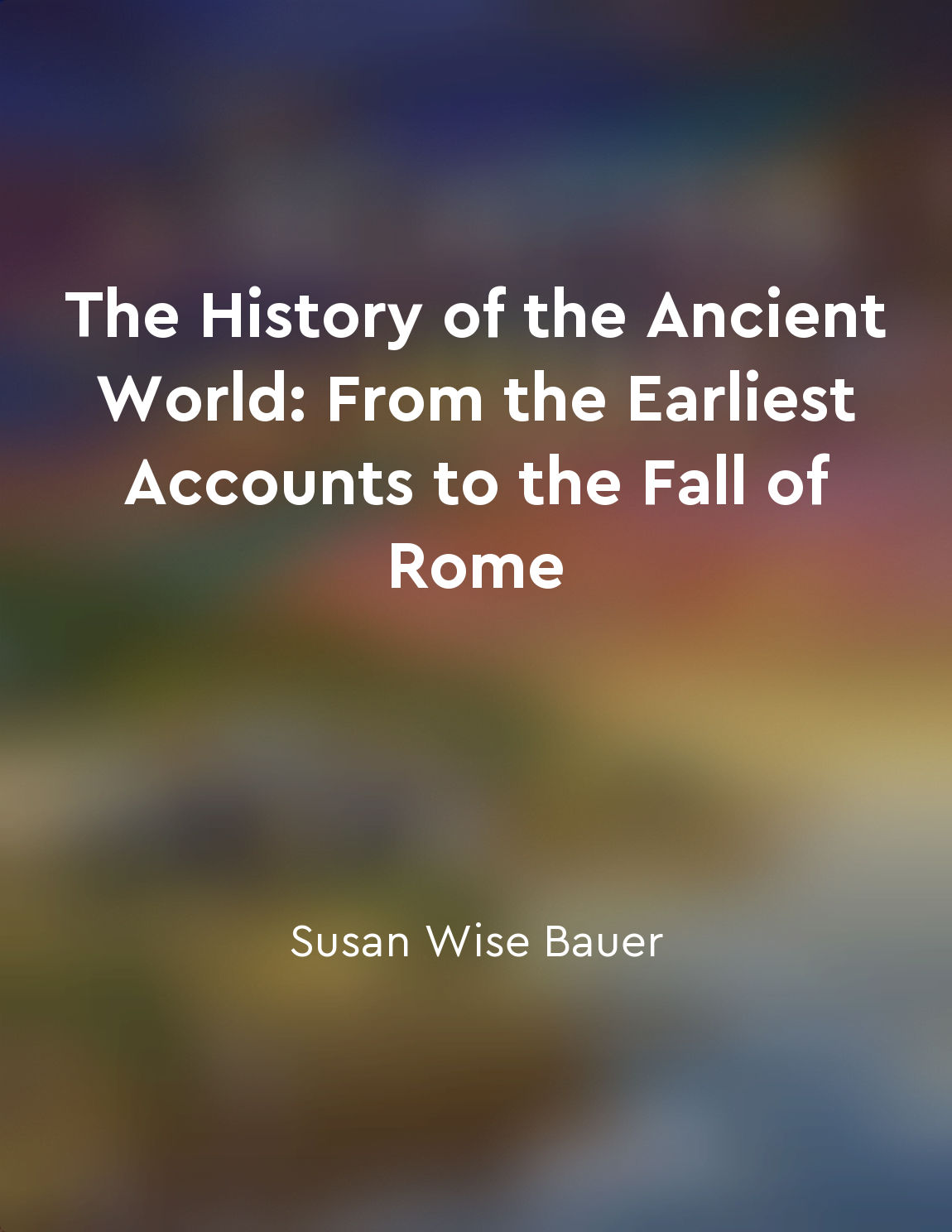The symbol π has become a cultural icon representing the beauty of mathematics from "summary" of A History of [pi] (pi) by Petr Beckmann
The symbol π, which represents the ratio of a circle's circumference to its diameter, has transcended its mathematical origins to become a cultural icon. Its significance goes beyond its numerical value; it embodies the beauty and elegance of mathematics itself. The simple, yet profound, concept of π has captured the imagination of people across various cultures and time periods. Throughout history, π has been a symbol of the infinite and the transcendent. Its irrationality has fascinated mathematicians and philosophers alike, leading to deep contemplation on the nature of numbers and the universe. The quest to calculate π with ever-increasing precision has driven mathematical advancement and inspired countless individuals to explore the mysteries of the mathematical world. The ubiquity of π in various fields, from geometry to physics to engineering, underscores its importance in our understanding of the world around us. Its presence in formulas and equations serves as a reminder of the interconnectedness of different branches of knowledge and the power of mathematical reasoning. The symbol π has become a unifying force, bringing together people from diverse backgrounds in appreciation of its beauty and significance. As a cultural icon, π represents the universal language of mathematics, transcending barriers of language and culture. Its timeless appeal lies in its simplicity and elegance, serving as a testament to the power of human intellect and creativity. The symbol π continues to inspire awe and wonder, reminding us of the infinite possibilities inherent in the world of mathematics.Similar Posts

Examine the art and literature of the ancient world
The art and literature of the ancient world offer a window into the cultural and intellectual achievements of civilizations tha...
The final breakthrough in solving the theorem was a momentous occasion
The moment that the final breakthrough in solving Fermat's Last Theorem was achieved can only be described as truly momentous. ...
The distribution of the digits of pi is believed to be random
According to the mathematical principle of uniform distribution, each digit from 0 to 9 should appear in the decimal representa...
Archimedes was one of the first to estimate pi accurately
Archimedes, the renowned mathematician of ancient Greece, played a crucial role in the estimation of the mathematical constant ...
The symbol π was introduced by Welsh mathematician William Jones in 1706
The symbol π, which we now associate with the mathematical constant representing the ratio of a circle's circumference to its d...
